Sensors can detect and respond to physical changes in the environment. They can detect various inputs, such as temperature, light, motion, and pressure. Sensors suit a variety of applications, such as in automobiles, smartphones, industrial automation, and home automation systems. They can convert physical parameters into electrical signals, which can then be processed, analyzed, and used to trigger a response. Sensors can be passive or active and can be categorized based on the physical quantity they measure, such as temperature, light, motion, and oxygen, as in O2 sensors. They are becoming an essential component in the IoT (Internet of Things) ecosystem, enabling the devices to interact and communicate with the environment and other devices.
Industry Applications of Different Types of Sensors
Inertial sensors are commonly used in navigation systems, such as those found in automobiles and smartphones. These sensors measure acceleration and angular velocity and provide information on a device's movement and orientation.
RTDs (Resistance Temperature Detectors) are used in various industrial applications such as temperature measurement in chemical plants, HVAC, and refrigeration systems. They measure temperature by using a resistor that changes resistance with temperature changes.
Avalanche photodiodes are used in image sensors in cameras, spectrometers, and LIDAR, commonly used in the automotive and robotics industry. These sensors detect light and are used to capture images and measure light intensity.
Barometric sensors are commonly used in weather forecasting and altimeter applications, such as aviation and meteorology. These sensors measure barometric pressure and are used to provide information on atmospheric pressure.
P0420 sensors measure the emissions of a vehicle's exhaust system and are used to detect problems such as catalytic converter failure. They are commonly used in the automotive industry to monitor the emissions of vehicles.
TPMS sensors (Tire Pressure Monitoring System) measure tire pressure. They are becoming increasingly common in the automotive industry, as well as crankshaft position sensors and camshaft position sensors. These devices provide information on the tire pressure and can alert the driver when the pressure is too low.
Choosing the Right Sensor: What to Consider Before Buying
Several essential factors must be considered when purchasing a sensor to ensure the sensor is suitable for the intended application. Firstly, consider the type of sensor required, as different sensors are designed to measure different physical quantities. Secondly, consider the measurement range and accuracy of the sensor, as this will affect the quality of the data it can provide. Thirdly, consider the environmental conditions in which the sensor will be used, as different sensors have different temperature and humidity ranges. Fourthly, consider the sensor's power requirements and ensure that it is compatible with the available power source. Finally, consider the sensor's connectivity options and ensure that it is consistent with the system it will be integrated with.
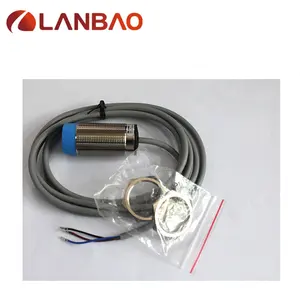




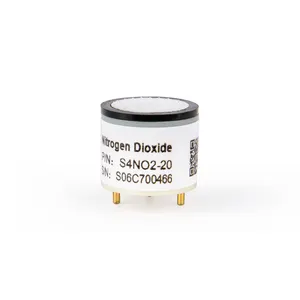









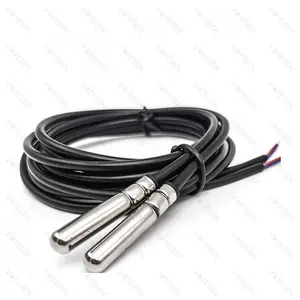

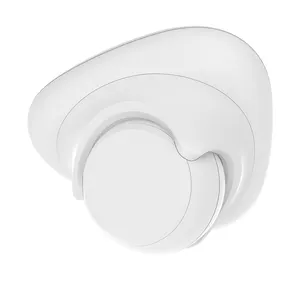
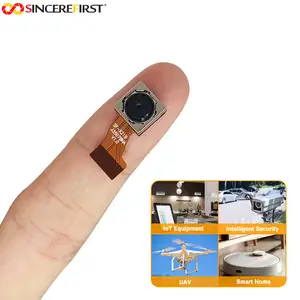
























 浙公网安备 33010002000092号
浙公网安备 33010002000092号 浙B2-20120091-4
浙B2-20120091-4